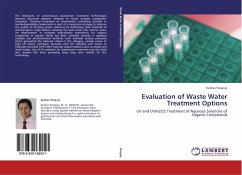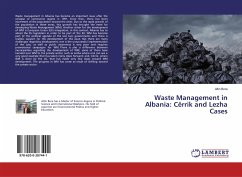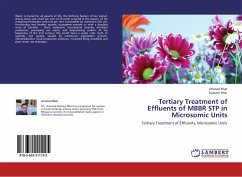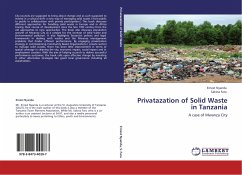The limitations of conventional wastewater treatment technologies demand advanced research methods to tackle complex wastewater treatment. Chemical treatment of wastewaters containing biocidal or nonbiodegradable components is part of a long-term strategy to improve the quality of drinking water resources by eliminating toxic materials of anthropogenic origin before releasing the used water into natural cycles. An improvement in oxidative degradation procedures for organic compounds in aquatic media has been achieved recently in applying catalytic and photochemical methods. Such methods include processes which generated the hydroxyl radical in this category, namely ozone at high pH values, hydrogen peroxide with UV radiation and ozone or hydrogen peroxide with other hydroxyl radical initiators such as metals and metal oxides. Use of UV radiation for wastewater treatment was the initial and remains the most promising large long term market for the technology.








